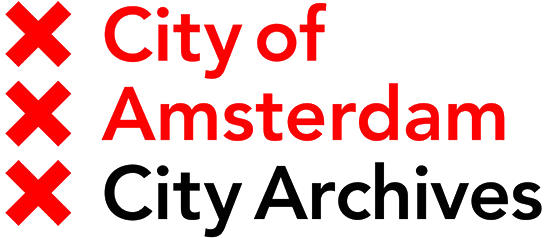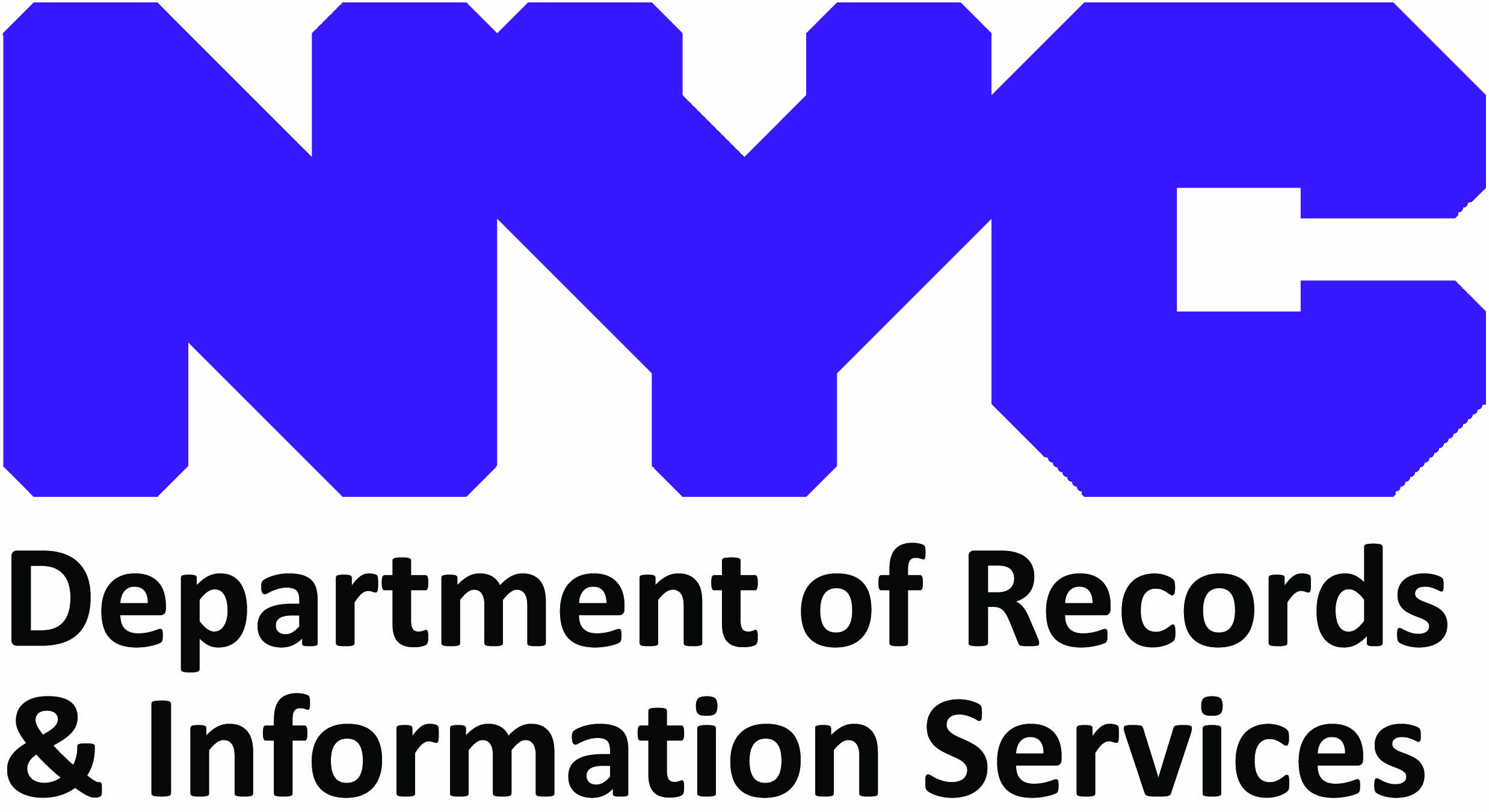Petrus Stuyvesant
1610-1672
Stuyvesant's Whitehall
The seventh and final Director-General of New Netherland, Stuyvesant was installed by the Dutch West India Company in 1647 and governed until the English takeover in 1664. Episodes from the life of Petrus Stuyvesant appear in the records of both the NYC Municipal Archives and the City of Amsterdam Archives. A selection of episodes is excerpted below.
Some questions to consider about Petrus Stuyvesant.
Will

Before departing for Curaçao to become the island’s administrator of the West India Company, Petrus Stuyvesant draws up his will. Being unmarried, he bequeaths all his possessions to his two sisters, Anna and Margriete. In the event of their deaths, the inheritance passes to their children.
Attestation

In a declaration about his voyage to New Netherland during the spring of 1647, Cornelis Bouwes states that his acquaintance died on the ship. The declaration also indicates that Petrus Stuyvesant made the ocean crossing on the same vessel, to become governor and administrator of the West India Company in the colony.
Attestation

This document describes Stuyvesant’s seizure of a ship in the summer of 1650, which West India Company administrator Cornelis Melijn allegedly used to steal goods. Stuyvesant wants to take Melijn to court, but is entrenched with a great number of armed “wilds” (Indians) on “Staten Eijlandt” (Staten Island).
Accusation

Stuyvesant is accused of violence by Kiliaen van Rensselaer, patron of the district named after himself north of New Amsterdam. According to van Rensselaer, Stuyvesant invaded Rensselaerwijck (near present day Albany), took down the flag, stole wood, and claimed the whole district for the West India Company. The conflict between the West India Company and van Rensselaer escalates after this event.
Court Minutes

Stuyvesant brings a case against Cornelis Schut for defamation of character, reading aloud in court copies of letters allegedly sent by Schut to Nicolaes van Beeck in the Netherlands. Stuyvesant claims he has “been defamed both in person and office, by [Schut’s] sinister and false accusations, not so much here as in Amsterdam.”
Court Minutes

Stuyvesant petitions the Council and Burgomasters for conveyance of certain lots. He states that he has fenced, dammed, and raised the abandoned lots out of the water and swamp at great cost and labor. He has also erected a “handsome and expensive building” on the property. He requests a patent and deed, and proper conveyance thereupon.
Court Minutes

The Court of Burgomasters and Schepens sentences Marten van Waart, guilty of multiple counts of theft over a period of years, to whipping, banishment from the city, and payment of court costs. Stuyvesant pardons him out of consideration for his youth and hope of improvement, following intercession from van Waart’s friends.
Court Minutes

The city is under English control, and Stuyvesant is about to depart for the Netherlands. Before leaving, he asks the Burgomasters and Schepens for a “certificate of his comportment.” The magistrates certify that during the last 18 years, he has “conducted and demeaned himself not only as a Director General, according to the best of our knowledge ought to do, on all occurring circumstances, for the interest of the West India Company, but besides as an honest proprietor and patriot of this Province and a supporter of the Reformed Religion.”
Attestation

A report is filed with the West India Company regarding Stuyvesant's term as governor of New Netherland. He is accused of having withheld from the company letters he received from the English prior to their taking of the colony. Stuyvesant states that he did not want to surrender the colony, but that the residents of New Netherland asked him to prevent a war.
Questions to consider:
Petrus Stuyvesant has been the victim of historical stereotypes that brand him as a peg-legged, inflexible, intolerant, autocratic ruler of New Netherland. To what extent do the episodes illustrated by these documents shed new light on Stuyvesant as both a man and a leader?
As the Director-General of all of New Netherland (and the Dutch islands of Curacao, Aruba, and Bonaire) when he arrived in New Amsterdam in 1647, Stuyvesant was essentially the “governor” of a Dutch colony stretching from the South (Delaware) River, north to the North (Hudson) River, then northeast to the Fresh (Connecticut) River. New Amsterdam, the central city for New Netherland, had its own separate municipal government after 1653. Based on the documents, how would you describe the relationship between Stuyvesant as a colonial governor and the city government of New Amsterdam? Do you see any connections with today’s state governor / city mayor and council structure of government?
